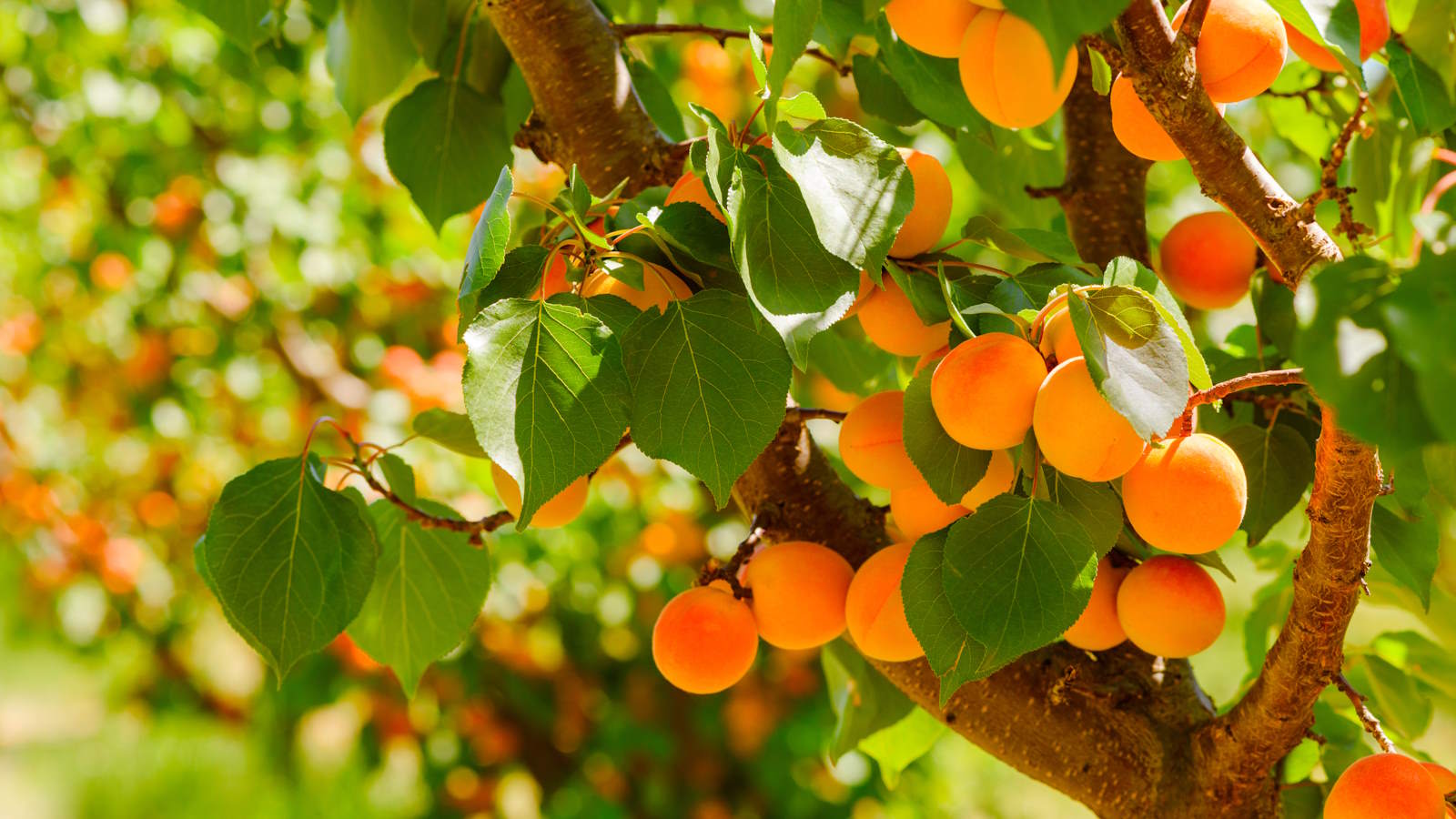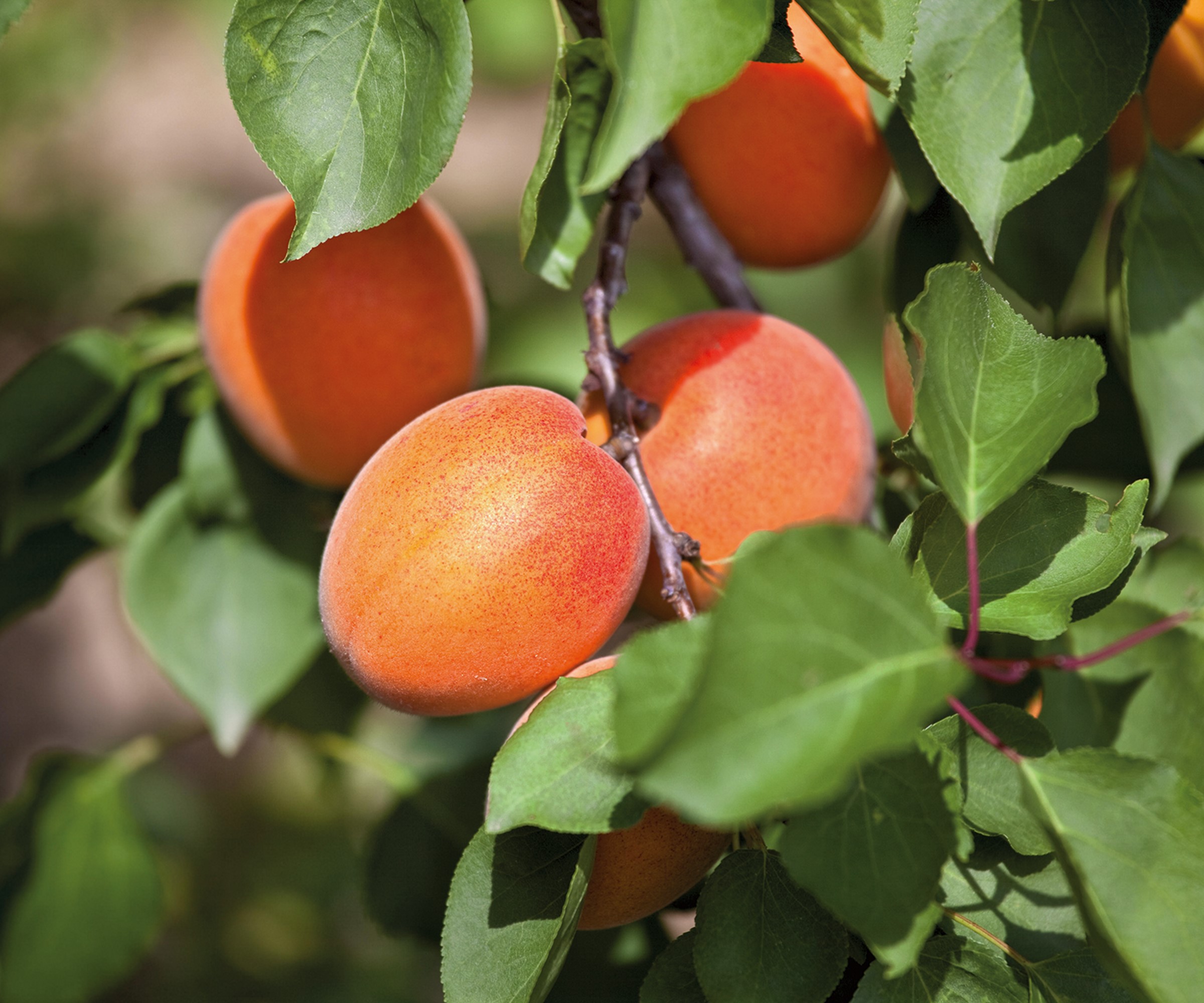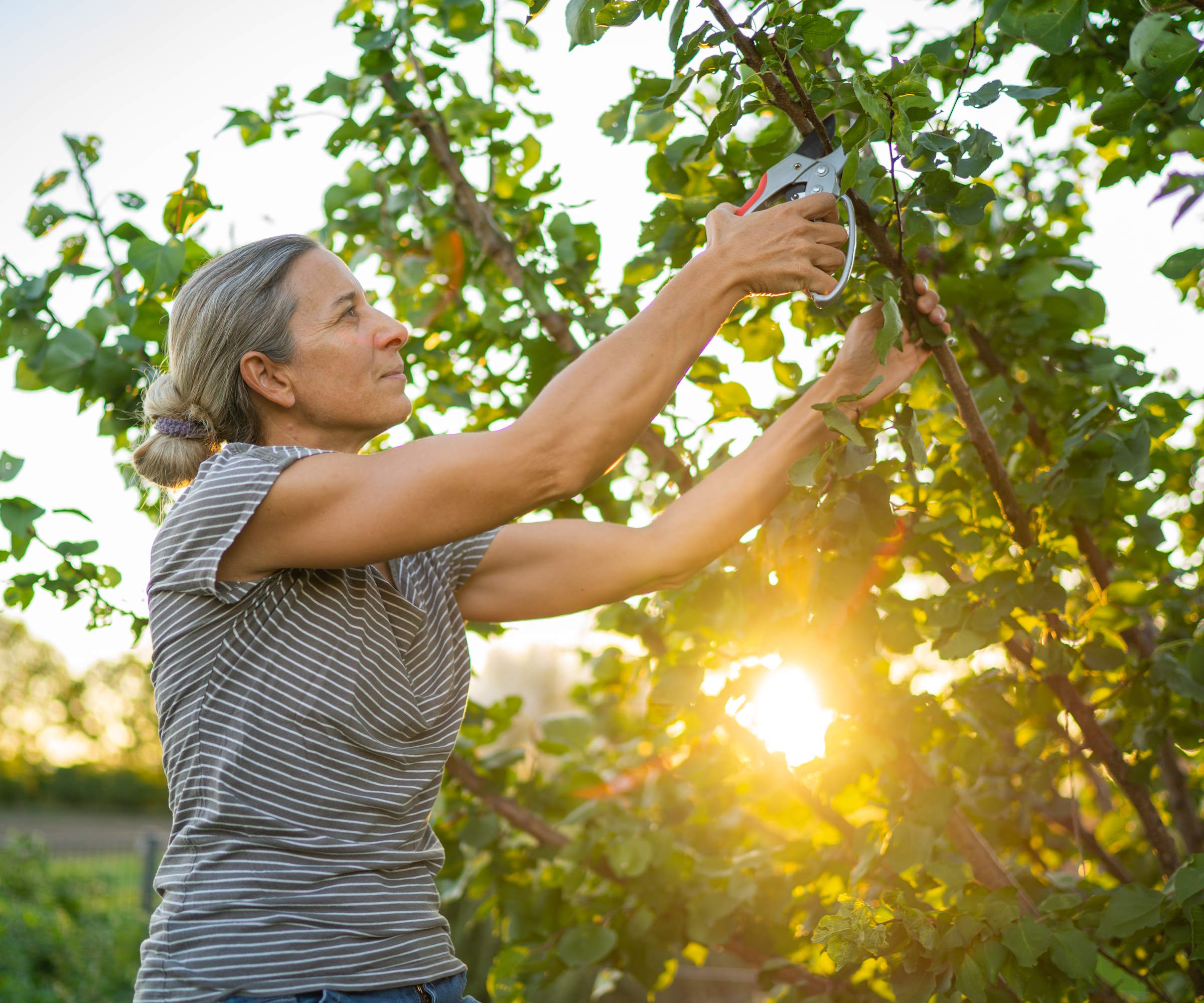
Apricots are sun-loving trees that produce sweet and juicy fruits during the summer months. As glorious as apricots are, they are trees that do really benefit from some proper care and maintenance - and that includes pruning. But you may wonder, when is the best time to prune an apricot tree?
Stone fruits will not prosper without close attention to watering, feeding, and pruning annually. The pruning can create a nice shape, keep it healthy, and also promote the formation of flowers and ripe fruit.
We hear from some fruit tree experts to help know when to trim apricots at different stages of their lifespan. This can help you avoid falling foul of the pruning mistake of heading out with the tools at the wrong time of year.

Why is pruning important for apricot trees?
Pruning fruit trees should be seen as an essential task, especially apricots as they are fast-growing fruit trees that can start bearing fruit quickly. A tree may survive and produce fruit without pruning, but a fruit tree that is regularly pruned will be healthier, more vigorous, and, most importantly, will produce a bounty of fruit every year.
What is the best time to prune apricot trees?

Lots of fruit trees are pruned in winter. If you want to prune apple trees or prune pear trees, for example, you would do this every winter when the tree is fully dormant. However, stone fruit trees, which includes apricots along with the likes of plums and peaches, are best pruned when they are actively growing.
The reason stone fruits are not pruned in the middle of their dormancy is that they are more susceptible to diseases, such as silver leaf and canker. The bacteria that causes these infections are more rife in winter and can get into wounds from pruning cuts. Once the tree starts growing, it can heal wounds faster.
Apricot trees can be trimmed when they are just starting to actively grow for the year, from late winter to early spring. The window to prune them starts when the sap is rising and just before the buds are starting to burst - the exact time of which will depend on your US hardiness zone. This early pruning is recommended for young trees that are not yet producing fruit, usually those that are under two years old.
Joanna Glovinsky, founder of Fruitstitute in Los Angeles, claims that pruning as the tree is just starting to come out of dormancy can be beneficial to getting a good crop of fruits. She explains that stone fruits require ‘a whole lot of sugar’ to create fruit. That sugar is produced by photosynthesis during the growing season and is stored in the trunk and the roots during the winter months.
‘In the spring, when the tree is breaking dormancy, it's using those stored sugars to produce flowers, set fruit and then grow leaves. Stone fruit flower before putting out leaves, which means they require a lot of stored sugar for a good harvest,’ adds Joanna.
‘The main goal of dormant pruning is to help the tree maximize that energy allocation to only desired stems and branches.’
Older and established apricot trees are often pruned later in the year. Janet Melrose, the co-author of The Prairie Gardener's Go-To Guide for Fruit, says: ‘Older trees should be pruned after the fruit has been harvested, which is usually late June through July depending on the climate where the tree is planted.
‘This avoids shock to the tree when fruit is maturing and allows enough time for healing.’
It is advisable to prune quickly after the tree has been harvested in the summer. This gives the tree lots of time to produce new wood that can carry fruits as soon as next year, with apricots flowering and fruiting on buds that appear on one-year-old wood.
Shop pruning tools
A pruning set of heavy duty anvil loppers, durable pruning shears, and a spare lopper blade to extend the service life
A pair of bypass pruning shears made from Japanese grade high-carbon steel - to trim branches up to 1” thick
A folding saw with teeth made of hardened chrome-plated steel - it can cut branches up to 50 mm diameter
FAQs
Can you prune apricots in the fall?
It is not recommended to prune apricots in the fall, as doing so can risk the health of the tree. Pruning in fall will encourage the tree to put out fresh growth, which will be damaged by the winter frosts.
Janet Melrose adds: ‘Do avoid fall and winter pruning as the tree should be going into dormancy and pruning will interfere with this part of the tree's cycle. Likewise, pruning in the dead of winter should be avoided as the wounds will not heal quickly in dormancy.’
Apricots, despite their demanding nature, can actually be quite versatile fruit trees. While commonly grown in trained forms, as espalier trees or fan-trained, they are also great fruit trees to grow in pots and can actually be grown as indoor fruit trees, thanks to modern dwarf varieties that can reach up to five feet in height.







